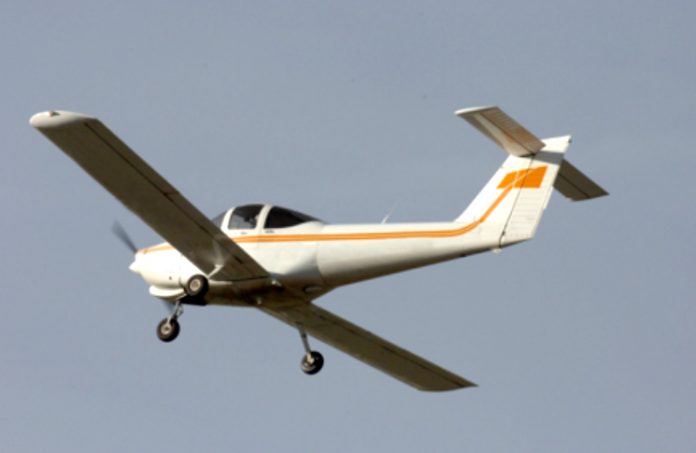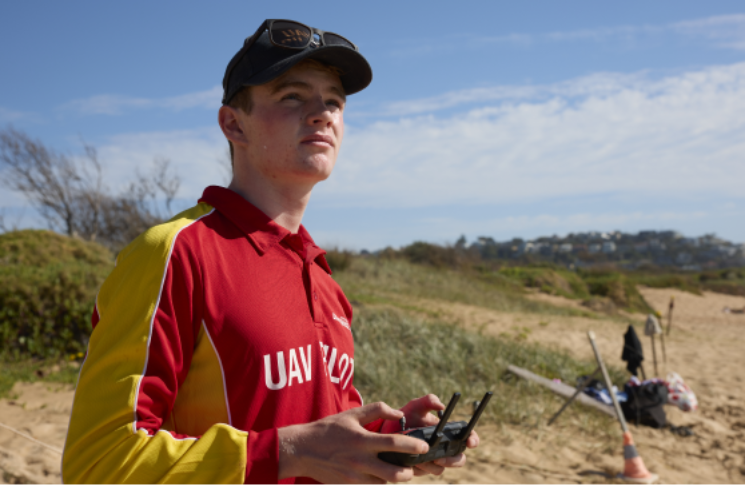- If the radio fails in Class C, you must:
- select 7600 on the transponder, continue to broadcast and remain in VMC and land at the most suitable aerodrome
- select 7700 on the transponder, continue to broadcast and remain in VMC and land at the most suitable aerodrome
- select 7600 on the transponder, continue to broadcast and remain in VMC and track clear of airspace
- select 7700 on the transponder, continue to broadcast and remain in VMC and track clear of airspace
- A flashing green light shown to an aircraft in flight means:
- track clear of Class C airspace
- clear to land
- continue circling
- return for landing
- Before entering Class D airspace, you must:
- obtain an ATC clearance
- establish two-way communication
- VFR flights are not required to do anything
- be granted an approval
- When navigating visually in controlled airspace, you must notify ATC if you deviate from the cleared track more than:
- 5 nm
- 2 nm
- 1 nm
- 3 nm
- After take-off in Class C airspace, on your first contact with centre approach or departures, you must report:
- altitude passing and last assigned level
- altitude passing
- assigned level
- entire clearance
- Operating in a lane of entry, aircraft must:
- keep to the right
- keep to the left
- require a clearance
- report on entering
- When operating at a controlled aerodrome, you must obtain ATC clearance when:
- taxiing, entering or crossing a runway
- taking off
- landing
- all of the above
- Unless assigned a discrete code by ATC, pilots of a flight in Class D airspace should squawk:
- 1200
- 4000
- 7600
- 3000
- A danger area is airspace within which:
- the flight of aircraft is prohibited
- the flight of aircraft is restricted in accordance with specified conditions
- activities dangerous to the flight of aircraft may exist at specified times
- an approval is required in order to operate
- A pilot taxiing at a controlled aerodrome:
- may cross illuminated stop bars
- must stop and hold at illuminated stop bars
- may cross illuminated stop bars with clearance
- must stop at illuminated stop bars but then cross without clearance
- 1When operating Special VFR, you must maintain:
- clear of cloud and 1,500 m visibility
- 500 ft separation from cloud and 1,500 m visibility
- clear of cloud and 1,600 m visibility
- 500 ft separate from cloud and 3 km visibility
- An aircraft landing in Class C airspace will not be permitted to cross the threshold of the runway on its final approach unless a preceding departing aircraft:
- has become airborne
- has become airborne and commenced a turn
- has commenced its take-off run
- presents no risk in the opinion of the controller
- The following parts of an ATC clearance must be read back:
- route clearance, holding instructions, radio frequency instructions
- altitude and radio frequency instructions
- route clearance and radio frequency instructions
- directions and altitude instructions
- VFR aircraft departing a controlled zone without submitting flight notification should, on first contact with ATC, give their callsign and ‘flight details for departure’, then:
- destination, preferred level, ATIS code
- destination, first tracking point, ATIS code
- first tracking point, preferred level, ATIS code
- destination, first tracking point, preferred level, ATIS code
- For operations seeking access to Military Operating Areas (MOAs), aircraft must:
- squawk 2000 and maintain a listening watch
- request a clearance to transit a MOA and conditions of entry may be imposed.
- remain clear at all times
- be aware of high levels of activity and take precautions against any safety risks
To view the answers, go to the next page using the page navigation buttons below.





